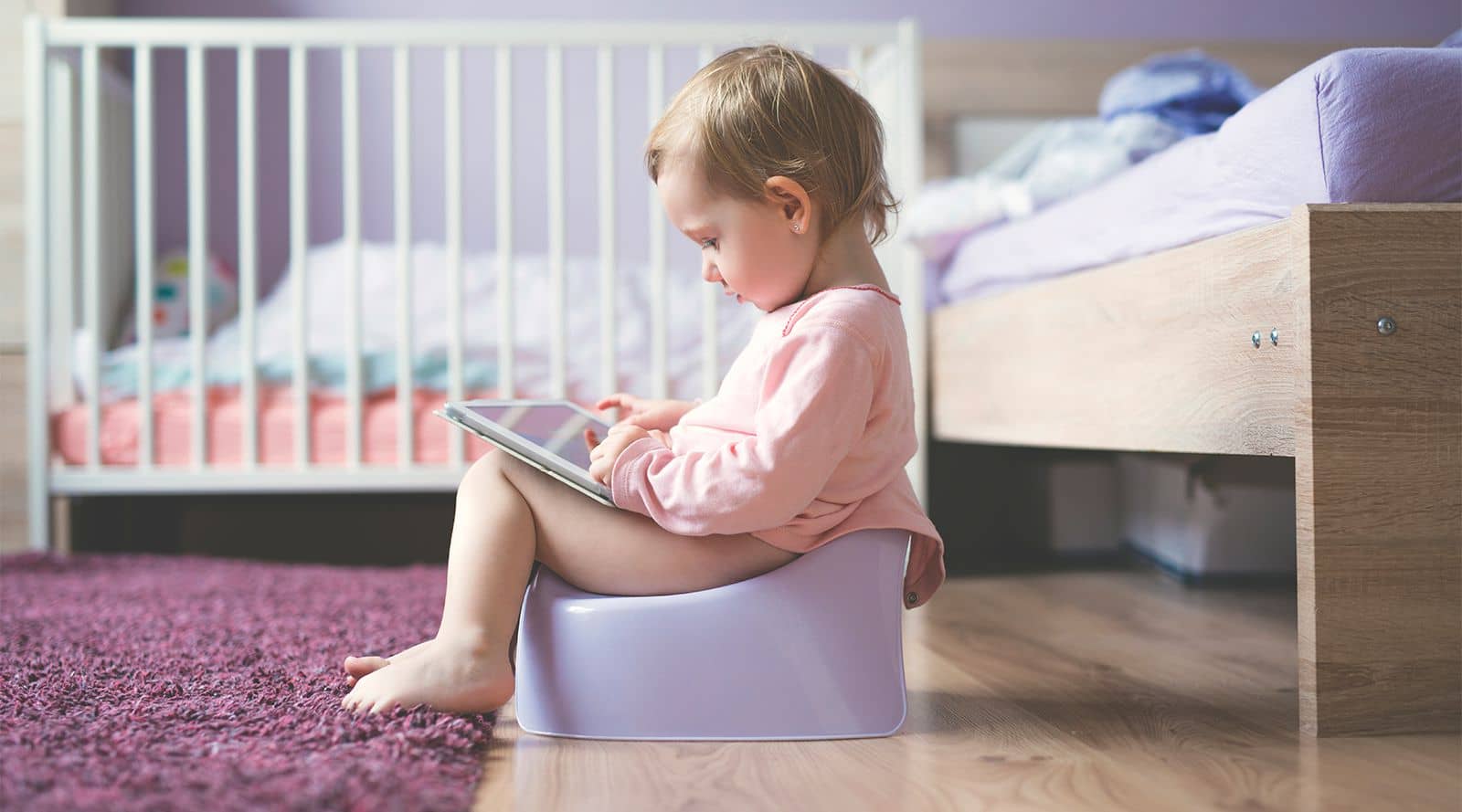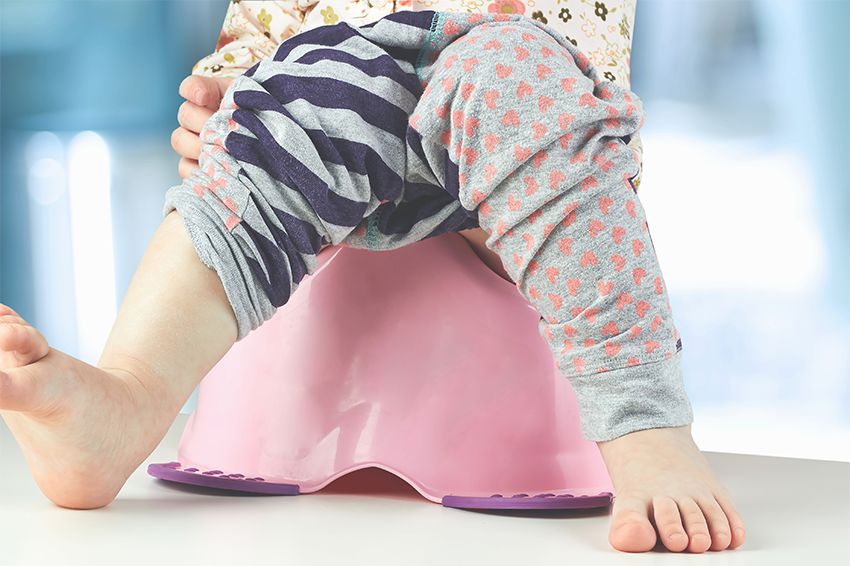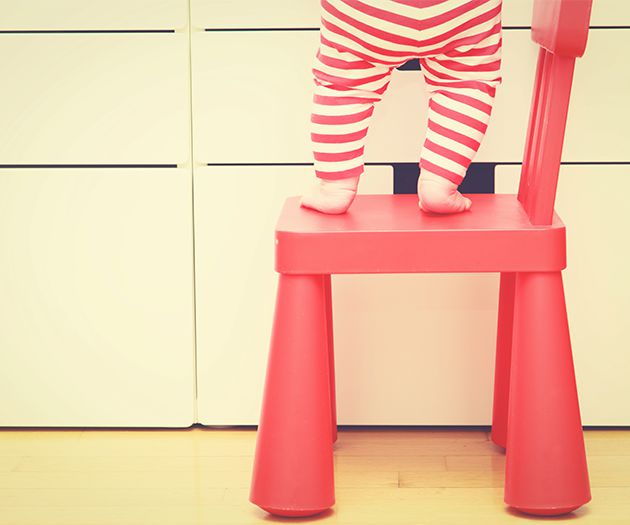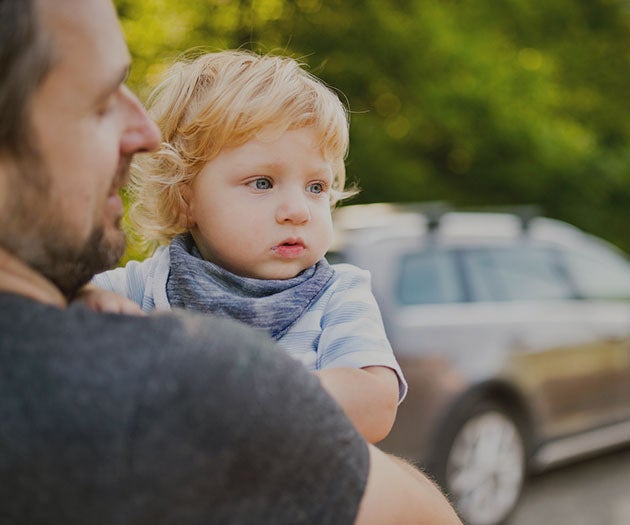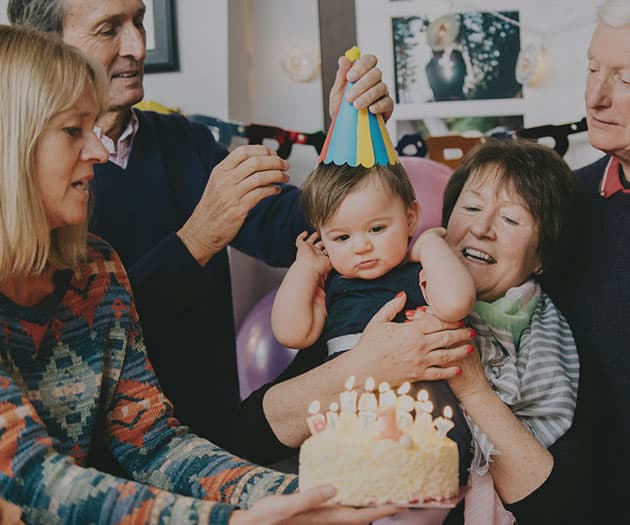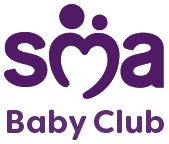At a glance
Always praise and never scold, it’s a big learning curve for baby
Start with nappy-free time, and build up to regular potty visits
Most children are able to potty train between two and three years old
Be patient and positive and don’t be afraid to stop and try again later
Shedding the nappy for ‘big girl’ or ‘big boy’ pants is a major milestone and one that your toddler will be very proud of – but they’ll need a lot of help and encouragement before they get there. Some take to potties quickly, some don’t. Either way you’ll be lucky to get through it without a few slip-ups (soapy water at the ready!) The trick is not to rush things and don’t underestimate the job. Give your toddler (and yourself) time - patience and understanding will help them get the hang of it in the end.
What is the best age to potty train?
There isn’t a specific age. Some children are ready to potty train earlier than others. Most parents these days start potty training their child between two and two and a half. But some little ones won’t be ready until they’re three years old. Some get the hang of things within a few days, while others take weeks. There is no standard age to start (although girls tend to be ready sooner) and no standard timescale. Like everything with children, it varies.
Just remember, they won’t need to put it on their CV, so try to ignore what friends’ toddlers are doing and be comfortable waiting until you’re both ready. It really will be much less stressful.
Is it potty time yet?
So how can you tell when your little nappy wearer is ready to start potty training? It’s best to wait until they show physical and developmental signs - if you try too early you may end up with more tears and mess. Here’s what to look out for:
- Can they go one or two hours where they haven’t wet their nappy? After a nap for example? This is a sign they can physically hold their bladder more.
- Do they have well-formed poos at quite regular times? For example, one in the morning and one in the evening?
- Can they pull their trousers up with a bit of help? You could ask them to try on their brand new big-kid pants or pull-ups and see how they do.
- Do they look pleased with themselves when you praise them?
- Can they follow basic instructions like ‘give it to mummy’ please?
- Are they starting to want more freedom and independence?
- A steady routine works best. So, avoid training when there’s unsettling things going on, like moving house, or welcoming a new brother or sister. It could undo all your hard work.
Potty training: a few ‘doo-doos and don’ts’
If the signs are all there and they’re ready to go, you can start the ball rolling. Remember, even when it doesn’t feel like fun, try and keep it light because it’s not easy for your little one either.
Before day one: let them dare to bare
- Try letting them run around nappy-free for a few hours, keeping the potty nearby.
- Let them sit on the potty even with a nappy on just for fun, so they get used to it and the idea of removing their clothes.
- When you sit on the toilet, let them sit on the potty next to you. Not necessarily to wee, just to see what it’s like.
- Always praise every little accomplishment, telling them how clever they are, even it’s just sitting on the potty.
Day one: nappy off, let’s make it fun
- Keep your tone light even if you don’t feel it.
- Stay realistic. You may catch one wee today, if you do it’s a major accomplishment and deserves a massive round of applause.
- Clean up accidents with no comments or with a casual ‘okay let’s try in the potty next time’.
- Praise them every time you can. It’s really important they feel they’re doing well.
- Give yourselves a pat on the back for getting through the first day.
Days two three, four… and more
- Use a few of their favourite books as potty books. The easier they are to wipe clean, the better. Also, there are lots of potty books aimed at children.
- Dress them in clothes that are easy to pull up and down. It might be worth bearing in mind during future shopping trips that tiny buttons or all-in-ones aren’t ideal at this stage.
- Try pull-up pants to make them feel like a big person.
- Avoid hovering anxiously and expectantly.
- Stay relaxed through the accidents. You won’t be doing this forever.
- Praise, praise, praise. Every wee is worth a ‘yay!’
The days beyond
- Tell other caregivers what your little one’s potty training regime is to keep things consistent.
- After graduating, your potty tot might be ready for pants or they may feel safer with pull-ups, let them choose.
- Accidents will happen, because they just… will. Don’t make a fuss, simply remind your child of the potty and keep the applause coming. Keep calm, clean up and carry on.
- Be consistent in your praise and reminders, soon they’ll be out of nappies for good.
Potty training pants and pull-ups
Disposable or washable potty-training pants, aka baby pull-ups, can be handy when potty training begins. They can give your toddler confidence when it's time to swap nappies for "grown-up" pants. These don't soak up wee as well as nappies, so your child will find it easier to tell when they are wet.
Baby pull-ups are an exciting step closer to big-kid pants, but ideally they aren’t a replacement for nappies. So, encourage your toddler to keep pull-ups dry by using the potty.
If they’re not ready to stop wearing nappies and it's hard for them to know when they've done a wee, put a piece of folded kitchen paper inside their nappy. It will stay wet and should help your child learn that weeing makes them feel wet.
Pottering about potty training
It’s nice to have a bit of hibernation time, but you’ll eventually want to leave the house with your ‘toilet trainee’. At first, the idea can be a bit daunting, but there are lots of ways you can help yourself prepare both mentally and practically for potty training on-the-go. Here are some pointers:
- You can use a liner on your car seat or buggy at first. Try to get an easily washable, waterproof or absorbent pillow, just for the odd accident. If they can’t tell what it’s for they won’t rely on it.
- Bring a bag for any wet or soiled clothes and a spare outfit, just in case.
- If it’s warm out, wearing slip-on sandals that are easily rinsed is a good idea.
- Plan your route including regular toilet stops - better safe than soggy.
- Feeling adventurous? You might want to get a portable potty or travel seat for those excursions further afield.
- Tissues and some hand sanitiser might be a life saver if, when all else fails, they have to go al-fresco.
What about night-time potty training?
Focus on getting your child potty-trained during the day before you start leaving their nappy off at night. It usually takes a little longer for children to learn to stay dry throughout the night.
When their nappy is dry or only slightly damp when waking, for a few mornings in a row, they may be ready for night-time potty training.
Ask your child to use the potty last thing before going to bed and make sure it's close by, so they can use it in the night if necessary. There are bound to be a few accidents, so a waterproof sheet to protect the mattress is a good idea.
According to the NHS by the age of four, most children are reliably dry all day long. Most learn to stay dry during the night between the ages of three and five. However, around 1 in 5 children aged five still wet the bed sometimes. It’s normal, so don’t worry or try and rush them.
Just like daytime potty training, it's important to praise your child for success. If things aren't going well, stick with nappies at night for a bit longer and try again in a few weeks' time.



